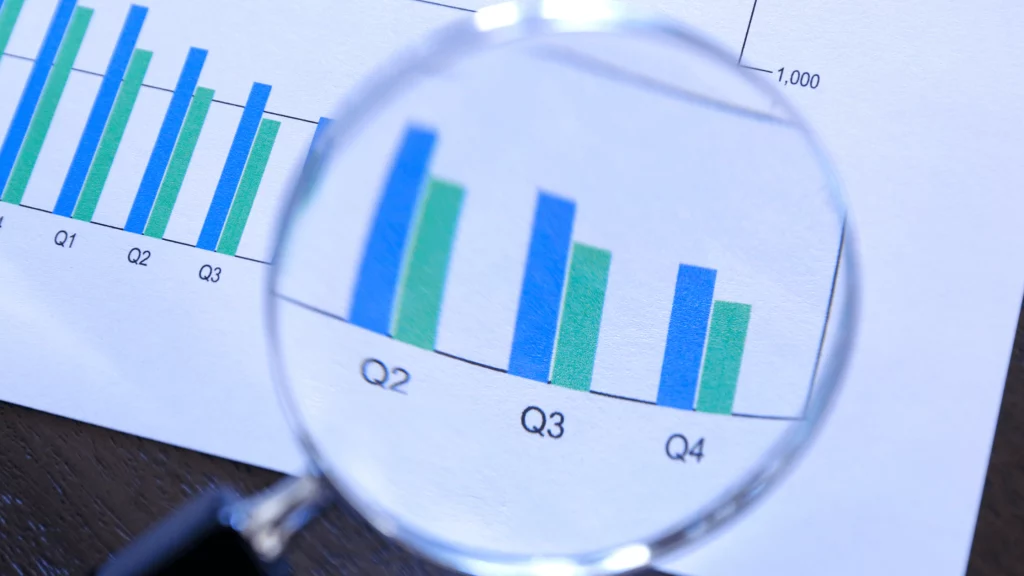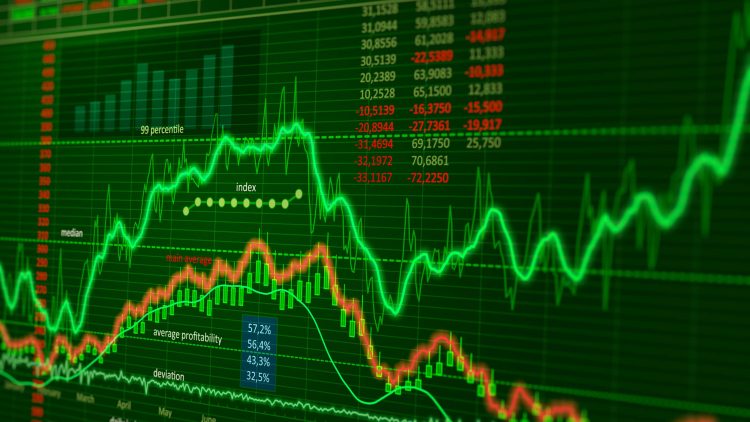In a world where market volatility often challenges even the most seasoned investors, dividend investing remains a cornerstone of wealth-building strategies focused on consistency, stability, and long-term growth. Particularly attractive to retirees, income-focused investors, and conservative portfolio managers, dividend-paying stocks offer more than just recurring payouts—they provide signals of financial health, corporate discipline, and shareholder commitment. But not all dividends are created equal. Crafting a sustainable income stream through dividend investing requires a nuanced understanding of key selection criteria and a strategic balance between yield and capital appreciation. This article offers a deep dive into how expert investors identify top dividend opportunities and manage the trade-offs between yield and growth.
Why Dividend Investing Matters in Modern Portfolios
Dividend investing isn’t just about passive income—it’s about building a defensive core that can buffer your portfolio in turbulent markets while still participating in long-term upside. Dividends provide regular cash flow, which can be reinvested for compounding or used to meet lifestyle expenses. Moreover, companies with a strong track record of paying and growing dividends often exhibit financial prudence, robust earnings, and a commitment to shareholders. These traits typically translate into lower volatility, especially during economic downturns.
Experts also emphasize the role of dividends in total return. According to a study by Hartford Funds, dividends have accounted for approximately 40% of the S&P 500’s total return since 1930. In sideways or bear markets, that figure can be even higher. For investors seeking lower beta exposure and long-term compounding, dividend-paying stocks are essential.
Key Criteria for Selecting Dividend Stocks
Choosing the right dividend stocks involves much more than chasing the highest yield. Experts suggest screening companies using a blend of quantitative metrics and qualitative assessments. The following are core factors to consider:
1. Dividend Yield (DY)
Dividend yield is calculated as the annual dividend per share divided by the stock’s current price. While a higher yield may look attractive, experts warn against blindly pursuing high-yield stocks. Yields above 6% often indicate market skepticism about the company’s financial health or sustainability of its payout.
2. Dividend Payout Ratio
This ratio measures the proportion of earnings paid out as dividends. A payout ratio between 30%–60% is generally considered healthy, indicating the company retains enough capital to reinvest in growth while still rewarding shareholders. A payout ratio over 80% may be unsustainable unless the company has highly predictable cash flows.
3. Dividend Growth Rate
Companies that consistently grow their dividend demonstrate confidence in future cash flow. Dividend aristocrats—S&P 500 companies that have raised dividends for at least 25 consecutive years—are often a starting point for quality screening. Growth signals financial strength, even more so than a high yield.
4. Earnings Stability
Look for consistent revenue and net income growth over 5–10 years. Cyclical businesses may have lumpy earnings, which puts their dividends at risk. Experts favor companies with predictable cash flows, like utilities, consumer staples, and healthcare.
5. Free Cash Flow (FCF)
Dividends are paid from cash, not earnings. A positive and growing FCF ensures the company can sustain or increase its dividend. A high FCF yield (FCF per share divided by price) often indicates a margin of safety.
6. Balance Sheet Strength
Debt levels matter. Companies with low debt-to-equity ratios and strong interest coverage ratios are less likely to cut dividends in downturns. Experts prefer conservative capital structures, especially in rate-sensitive environments.
7. Industry and Sector Resilience
Certain sectors have historically been dividend strongholds—utilities, telecom, consumer staples, healthcare, and financials. These industries tend to generate stable revenues regardless of economic cycles, which supports reliable dividends.
Balancing Dividend Yield and Growth Potential
A common dilemma for dividend investors is balancing current income with long-term growth. High-yield stocks may offer immediate cash flow but limited appreciation, while lower-yielding growth companies may provide compounding through dividend hikes and price appreciation. Here’s how seasoned investors manage this trade-off:
The Barbell Approach
This strategy involves holding a mix of high-yield, slow-growth stocks (e.g., utilities, REITs) on one end and lower-yield, high-growth dividend stocks (e.g., tech, healthcare) on the other. This balance provides income today and growth tomorrow, offering a diversified path to total return.

Core-and-Satellite Model
Build a core of dividend aristocrats or blue-chip companies with moderate yields and consistent growth, then add tactical “satellite” holdings with higher yields or opportunistic plays. For example, a core position in Johnson & Johnson may be complemented by a higher-yielding position in a business development company (BDC) or energy MLP.
Reinvestment for Compounding
Reinvesting dividends through dividend reinvestment plans (DRIPs) can accelerate portfolio growth. Over time, reinvested dividends purchase more shares, which generate more dividends, creating a virtuous cycle. This approach is especially powerful with companies that grow their payouts annually.
Expert Views on Dividend Strategies for 2025
Several notable investors and strategists have weighed in on how to approach dividend investing in today’s environment:
Josh Peters (Morningstar) emphasizes the importance of safety over yield. He recommends prioritizing companies with a wide moat, steady cash flows, and moderate payout ratios, particularly in an environment where interest rates may fluctuate unpredictably.
Howard Marks (Oaktree Capital) highlights the value of dividends in managing behavioral risks. Investors tend to panic-sell in down markets, but receiving dividends provides a psychological buffer, allowing them to remain patient and disciplined.
Christine Benz (Morningstar) encourages retirees to adopt a “bucket strategy” where dividend-paying stocks provide income in the second bucket (3–10 year horizon), supplementing cash and bonds. She suggests combining dividend ETFs with individual stocks to spread risk.
David Swensen (Yale Endowment) historically favored total return over high income, but he supported dividend growth stocks as a hedge against inflation and a means to maintain purchasing power over decades.
ETFs and Funds for Dividend Investors
For those seeking a diversified and hands-off approach, dividend-focused ETFs and mutual funds offer access to broad baskets of dividend payers. Popular funds include:
- Vanguard Dividend Appreciation ETF (VIG): Focuses on companies with a track record of increasing dividends.
- Schwab U.S. Dividend Equity ETF (SCHD): Combines yield with strong fundamentals and quality screening.
- iShares Select Dividend ETF (DVY): Targets high-yield stocks with solid earnings and dividend history.
- SPDR S&P Dividend ETF (SDY): Tracks the S&P High Yield Dividend Aristocrats Index.
These funds offer sector diversification, liquidity, and lower fees compared to actively managed dividend funds. However, they still require periodic review to ensure alignment with income goals and risk tolerance.
Red Flags: When to Avoid a Dividend Stock
Not all dividend stocks are safe. Investors must remain vigilant for signs that a dividend is at risk:
- High yield with deteriorating fundamentals: A soaring yield could result from a plunging stock price due to operational issues.
- Dividend cuts or suspensions: A history of inconsistent payouts is a major red flag.
- Negative free cash flow: Companies borrowing to pay dividends are not sustainable.
- Weak governance or shareholder policies: Poor capital allocation and lack of transparency can signal trouble.
Building a Dividend Portfolio: Step-by-Step
- Define Your Income Goals: Know your target yield, required monthly income, and timeline.
- Screen for Quality: Use filters for payout ratio, dividend growth, earnings stability, and debt levels.
- Diversify Across Sectors: Avoid overexposure to any one industry.
- Monitor Regularly: Track changes in fundamentals, earnings, and dividend policy.
- Reinvest or Withdraw: Choose DRIPs for compounding or structured withdrawals for income.
- Adjust With Life Events: Rebalance as your needs, risk tolerance, or market conditions change.
Conclusion: Dividends as a Strategic Anchor
Dividend investing is more than just collecting checks—it’s about anchoring your portfolio in quality, sustainability, and long-term resilience. By focusing on companies that exhibit financial strength, responsible capital management, and a culture of rewarding shareholders, investors can enjoy both income and growth. Whether you’re building wealth, preparing for retirement, or seeking a hedge against uncertainty, a well-structured dividend strategy can offer both peace of mind and powerful returns. Just remember, the best dividend portfolios are cultivated—not chased.














































